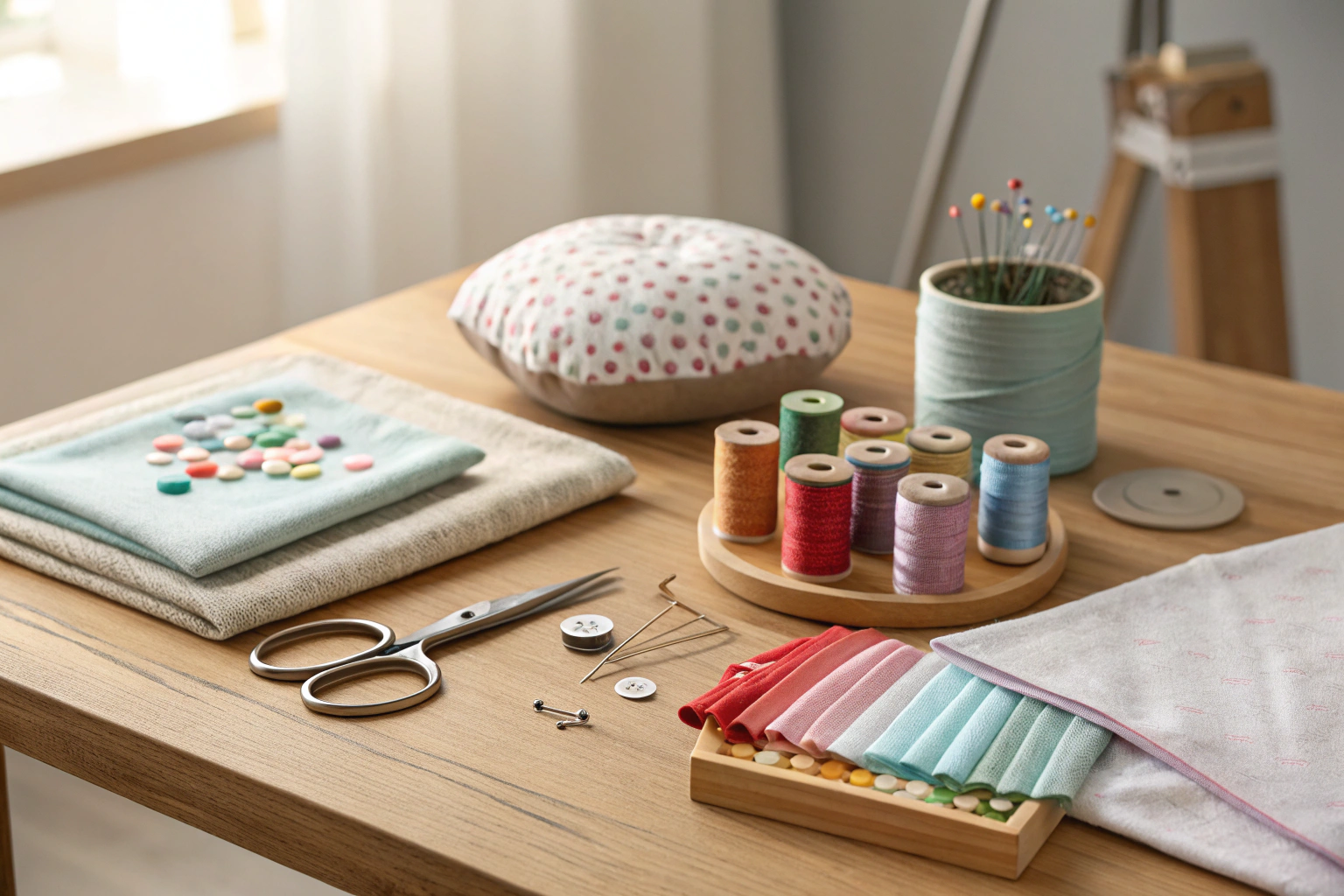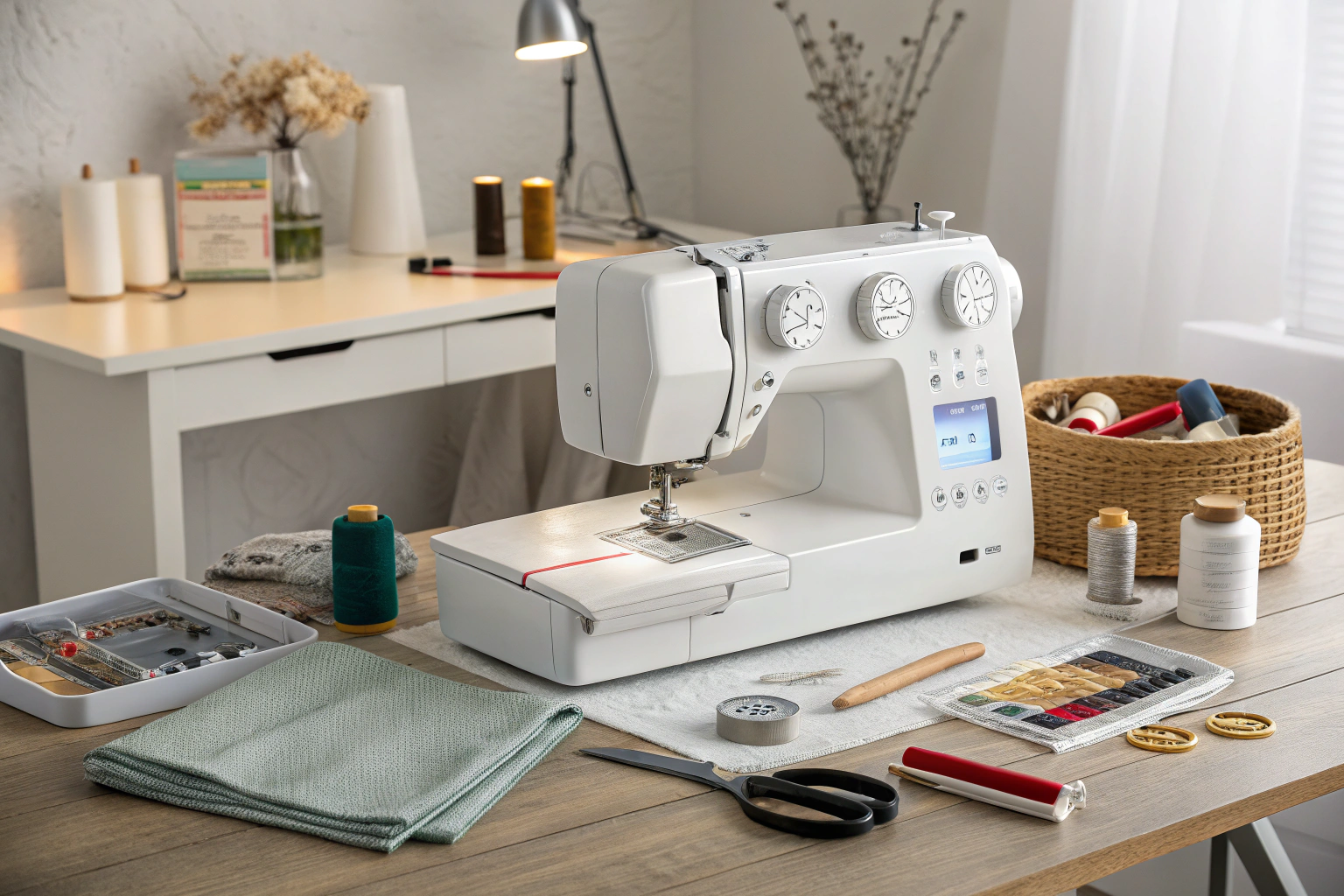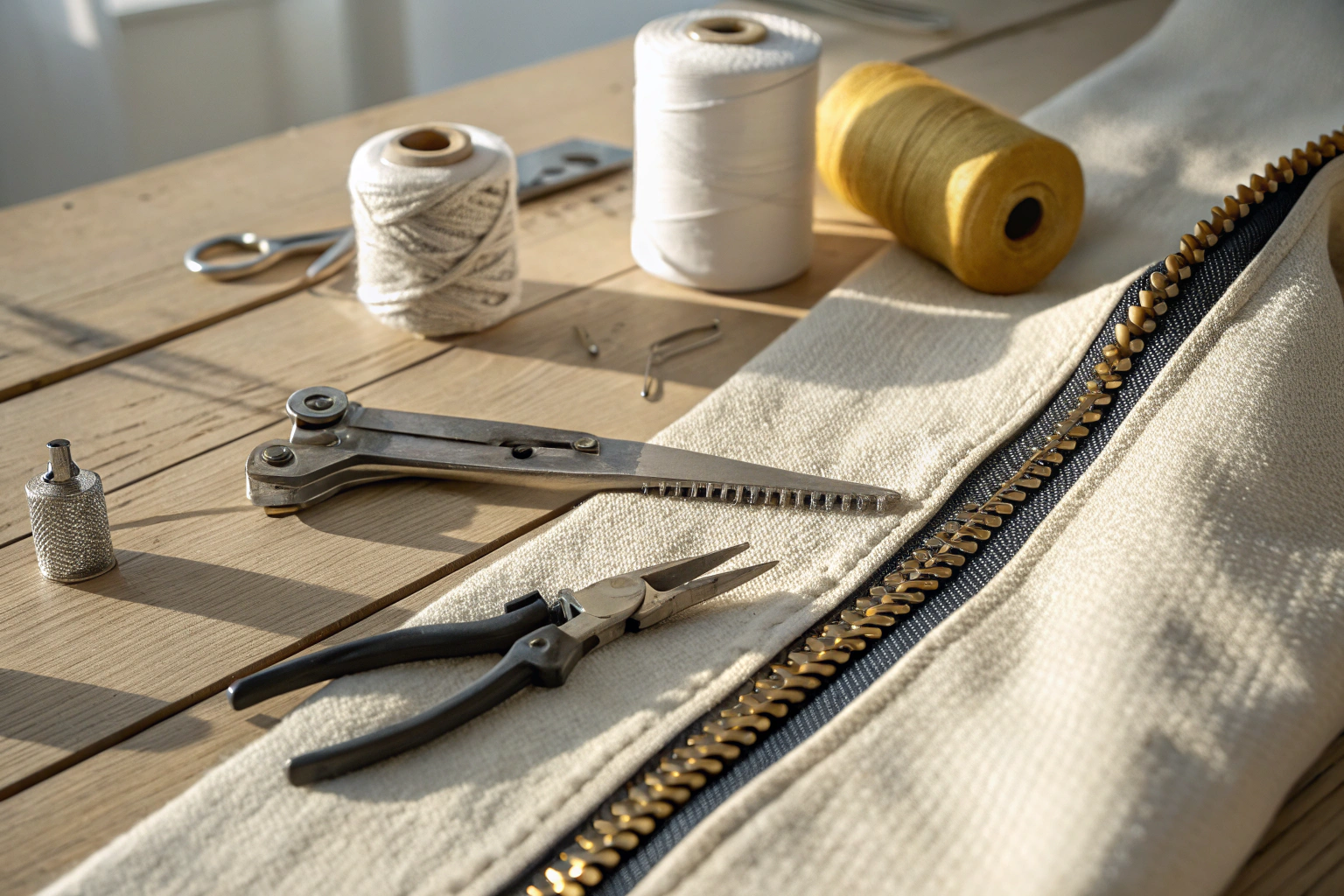Sewing projects for kids are simple, age-appropriate crafting activities that introduce children to the basics of sewing by hand or with a machine. These projects prioritize safety with tools like plastic needles and felt, helping build confidence without frustration. They are a popular way for parents to encourage creativity and teach practical life skills through fun, hands-on activities like making small pillows, felt animals, or simple bags.
Key Benefits at a Glance
- Benefit 1: Develops essential fine motor skills, hand-eye coordination, and patience in a fun, engaging way.
- Benefit 2: Boosts creativity and self-esteem as children create tangible, useful items they can be proud of.
- Benefit 3: Offers an affordable, screen-free activity using inexpensive materials like felt, fabric scraps, and floss.
- Benefit 4: Teaches a practical life skill that enhances problem-solving abilities and the capacity to follow instructions.
- Benefit 5: Creates opportunities for bonding as families can work on projects together and create lasting memories.
Purpose of this guide
This guide is for parents, guardians, and educators looking for safe and engaging sewing projects for children, from preschoolers to pre-teens. It solves the challenge of finding activities that match a child’s skill level and attention span. Here, you will find ideas for beginner-friendly sewing projects, tips for choosing the right materials, and step-by-step guidance to ensure a successful and enjoyable crafting experience. By avoiding common mistakes like overly complex patterns, you can help kids build a strong foundation and a lasting interest in creating things by hand.
Why teaching kids to sew is more valuable than ever
In our increasingly digital world, teaching children to sew offers a refreshing return to hands-on creativity and practical skill development. The educational benefits of sewing extend far beyond creating simple crafts, fostering essential developmental milestones that modern children desperately need. Research consistently shows that sewing activities enhance fine motor skills, build patience, and encourage creative problem-solving abilities that translate into academic and personal success.
- Develops fine motor skills and hand-eye coordination
- Builds patience and focus in screen-dominated world
- Encourages creative problem-solving abilities
- Teaches practical life skills for independence
- Provides screen-free bonding opportunities
“A newly released CDC guide states, ‘Children as young as five can safely learn basic hand sewing, and 72% of participating families found DIY fabric crafts promoted fine motor skills during Spring 2025.’”
— CDC, April 2025
The developmental journey through sewing varies significantly by age group, with each stage offering unique opportunities for growth. Young children develop basic coordination and following instructions, while older kids master complex spatial reasoning and independent project completion. Understanding these age-specific benefits helps parents set appropriate expectations and choose suitable projects.
| Age Group | Motor Skills | Cognitive Benefits | Creative Outcomes |
|---|---|---|---|
| Ages 4-6 | Basic finger coordination | Following simple instructions | Color and pattern recognition |
| Ages 7-9 | Fine motor precision | Problem-solving skills | Design planning |
| Ages 10-12 | Advanced dexterity | Spatial reasoning | Independent project completion |
Parents often underestimate the practical life skills that sewing provides. Beyond creating beautiful handmade items, children learn to repair clothing, understand garment construction, and develop the confidence to tackle complex projects independently. These skills become increasingly valuable as children grow into adults who appreciate quality craftsmanship and sustainable living practices.
Setting up for success essential tools and safety
Creating a successful sewing environment for children requires careful attention to both tool selection and safety protocols. The foundation of any good kids sewing program starts with age-appropriate supplies and a well-organized workspace that promotes learning while minimizing risks. Safety guidelines must be established from the very first lesson, creating habits that will serve children throughout their sewing journey.
Essential supplies for children's sewing differ significantly from adult requirements. Child-friendly scissors with rounded tips, larger needles that are easier to thread, and high-contrast thread colors help young sewers develop confidence. For foundational techniques and safety, review the basic sewing overview. The workspace should include adequate lighting, comfortable seating at the appropriate height, and organized storage for supplies that children can access independently.
Beginning sewers benefit most from starting with hand sewing techniques before progressing to machine work. This progression allows children to understand fabric behavior, develop proper tension control, and master basic stitches without the complexity of mechanical operation. Hand sewing also provides better tactile feedback, helping children understand how different fabrics respond to various techniques.
Choosing the right sewing machine for kids
When children are ready to progress beyond hand sewing, machine selection becomes crucial for continued success and safety. The decision between hand sewing and machine work depends heavily on the child's age, attention span, and fine motor development. Most experts recommend waiting until age 8 before introducing sewing machines, though some children may be ready earlier with proper supervision.
| Method | Best Age | Pros | Cons | Supervision Level |
|---|---|---|---|---|
| Hand Sewing | 4-12 | Safe, builds fundamentals, portable | Slower, limited projects | Minimal |
| Child Sewing Machine | 8-12 | Faster results, more projects | Safety concerns, expensive | Constant |
| Adult Machine | 10+ | Professional results, all features | Complex, intimidating | Direct supervision |
Child-specific sewing machines offer safety features like finger guards, slower maximum speeds, and simplified threading systems. However, these machines often have limited capabilities and may frustrate children as their skills advance. Many families find success starting with a basic adult machine set to slow speeds, which provides room for growth while maintaining safety through careful supervision.
The key consideration is matching the machine complexity to the child's developmental stage and attention span. A machine that's too advanced can discourage learning, while one that's too simple may not provide enough challenge to maintain interest. Consider the child's demonstrated responsibility with other tools and their expressed interest level in sewing before making this investment.
Safety first creating a safe sewing environment
Safety protocols form the foundation of successful children's sewing programs, requiring clear rules and consistent enforcement. The goal is creating an environment where children can explore creativity while understanding and respecting the tools they're using. Proper safety education prevents accidents and builds confidence that enables independent learning.
- Never leave children unattended with sharp tools
- Store needles and pins in secure containers
- Ensure adequate lighting to prevent eye strain
- Keep first aid kit accessible during sewing sessions
Environmental setup plays a crucial role in maintaining safety standards. The sewing area should be free from distractions, with all necessary supplies within easy reach. Good lighting prevents eye strain and helps children see their work clearly, reducing the likelihood of accidents. A dedicated sewing box or caddy keeps sharp tools organized and teaches children responsibility for their equipment.
- Set up dedicated sewing space with good lighting
- Organize tools in labeled containers within reach
- Establish clear rules about tool handling
- Practice emergency procedures for minor injuries
- Create visual reminders of safety rules
Teaching children to handle tools properly requires patience and repetition. Demonstrate the correct way to hold scissors, pass needles safely, and clean up pins or other sharp objects. Role-playing different scenarios helps children understand what to do if they drop a needle or accidentally prick themselves. Regular safety reviews reinforce these habits until they become automatic responses.
Quick win projects for beginners
Starting with achievable projects builds confidence and enthusiasm for continued learning. Simple projects that can be completed in 15-60 minutes provide immediate satisfaction while teaching fundamental skills. The key is selecting projects that match the child's current abilities while introducing one new technique or concept per project.
“According to The Spruce, ‘Easy sewing projects like scrunchies, pillowcases, and drawstring bags remain top picks for kids, with 87% of surveyed parents reporting their child finished a project independently in 2024.’”
— The Spruce, January 2024
- Fabric bookmarks (15 minutes, ages 5+)
- Simple drawstring bags (30 minutes, ages 7+)
- Felt finger puppets (45 minutes, ages 6+)
- Basic pillowcases (60 minutes, ages 8+)
- No-sew fleece blankets (30 minutes, ages 5+)
Successful beginner projects share several characteristics: they use forgiving fabrics like felt or cotton, require minimal precision, and create useful or enjoyable finished products. You can also find educational project ideas at the Family Handyman site. Projects should have clear stopping points where children can take breaks without losing their place or compromising the final result.
The progression from simple to complex projects should be gradual, with each new project building on skills learned in previous ones. A child who masters straight seams on bookmarks is ready to tackle the corners required for drawstring bags. This systematic approach prevents frustration while ensuring solid skill development at each stage.
No sew and hand sewing starter projects
Hand sewing projects provide the perfect introduction to fabric manipulation and basic construction techniques. These projects require minimal equipment, can be completed anywhere, and give children complete control over their pace and precision. Starting with hand sewing builds muscle memory and understanding that makes machine sewing much easier to master later.
- Running stitch: Basic forward stitch for seams and decorative lines
- Whip stitch: Over-edge stitch perfect for joining felt pieces
- Backstitch: Strong stitch for permanent seams and outlines
- Blanket stitch: Decorative edge finish for felt projects
Felt remains the ideal fabric for beginning hand sewers because it doesn't fray, comes in bright colors, and holds its shape well. Simple felt projects like finger puppets or small pouches teach basic construction while creating toys or useful items. The thickness of felt makes it easy for small fingers to manipulate, and mistakes can often be corrected without starting over.
- Start with felt fabric – it doesn’t fray and is forgiving
- Use embroidery floss instead of thread for easier handling
- Pre-mark stitch lines with washable fabric markers
- Keep stitches large and even rather than small and perfect
No-sew projects bridge the gap between general crafting and actual sewing, introducing concepts like fabric selection, pattern layout, and finishing techniques. Fleece tie blankets, for example, teach about fabric grain, consistent spacing, and the importance of precise cutting. These projects build confidence while introducing vocabulary and concepts that apply to all future sewing endeavors.
The goal with starter projects is building positive associations with sewing while developing foundational skills. Children who complete their first projects successfully are much more likely to continue exploring this valuable skill. Focus on the process rather than perfection, celebrating effort and creativity over technical precision.
Frequently Asked Questions
Simple sewing projects like making stuffed animals, pillows, or basic tote bags are ideal for teaching kids and beginners, as they build confidence with easy stitches. For clothing-related ideas, beginners can start with scarves or aprons, and learning how to measure waist for men can be incorporated into more advanced projects like custom pants. Always choose projects that match the child’s skill level to keep it fun and engaging.
Children can begin learning basic hand sewing around age 5 or 6 with close adult supervision, focusing on simple tasks to develop fine motor skills. Machine sewing is typically recommended for ages 8 and older, depending on the child’s maturity and interest. Starting early helps build creativity, but safety should always come first.
When teaching kids to sew, always supervise them closely and use child-safe tools like plastic needles and blunt scissors to prevent accidents. Teach proper handling of equipment, such as keeping fingers away from needles and unplugging machines when not in use. Create a clean, organized workspace to minimize risks and encourage good habits from the start.
For kids’ sewing projects, start with easy items like bookmarks, keychains, or small plush toys that require minimal cuts and stitches. These projects are fun and rewarding, helping children gain skills without frustration. As they progress, they can try personalized items like custom bags, incorporating basics like how to measure waist for men in family-oriented clothing crafts.
Safe sewing supplies for kids include large plastic needles, child-sized scissors with rounded tips, and non-toxic fabrics like felt or cotton. Avoid sharp tools and small pins that could cause injury, opting instead for magnetic pin cushions and pre-cut kits. These items make sewing accessible and secure for young learners.
The easiest thing for beginners to sew is a simple pillowcase or drawstring bag, which involves straight stitches and basic assembly. These projects require minimal materials and help practice essential skills like threading a needle. Beginners can build from there to more complex items, such as clothing where understanding how to measure waist for men becomes useful.




